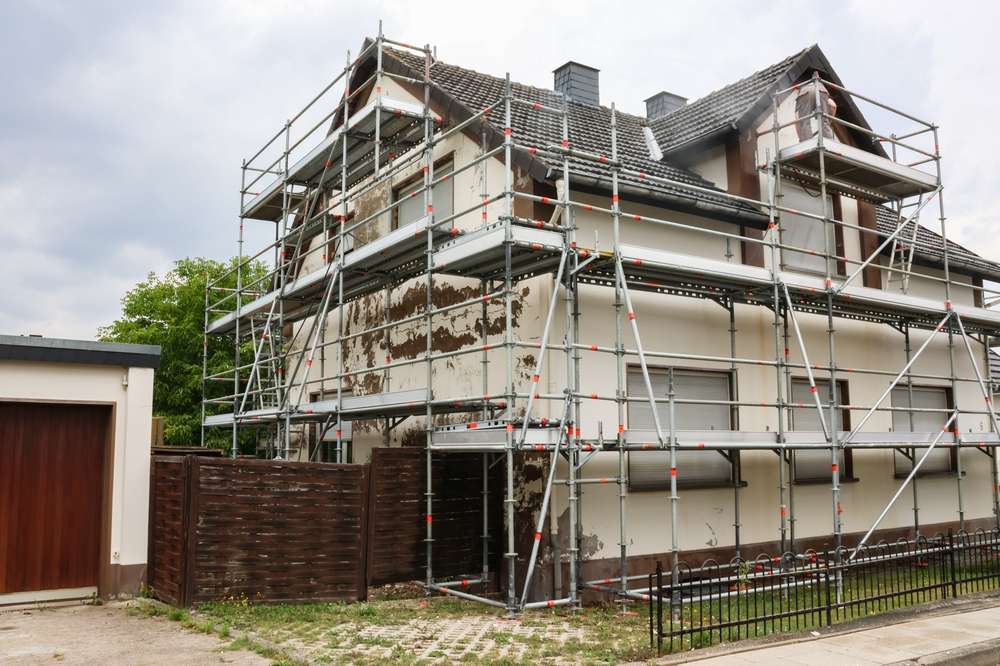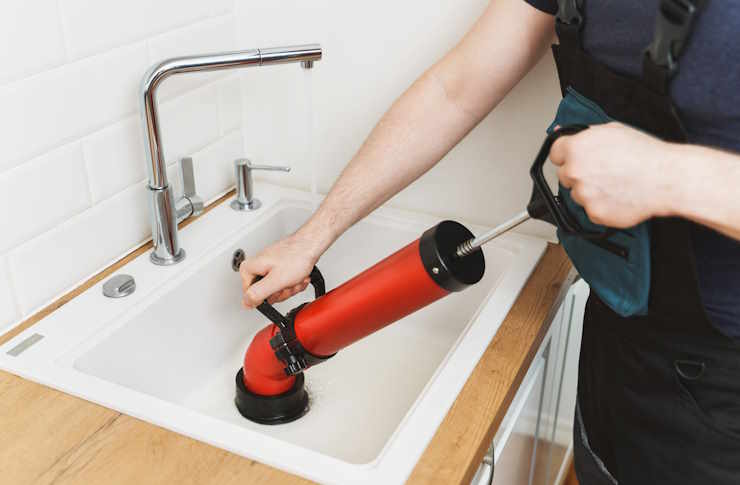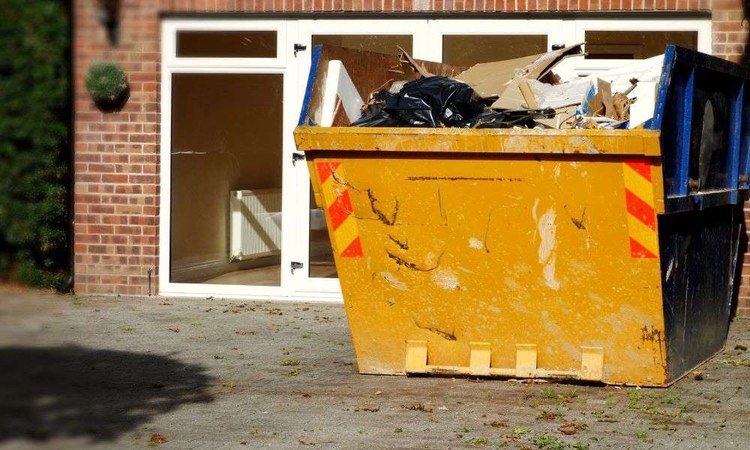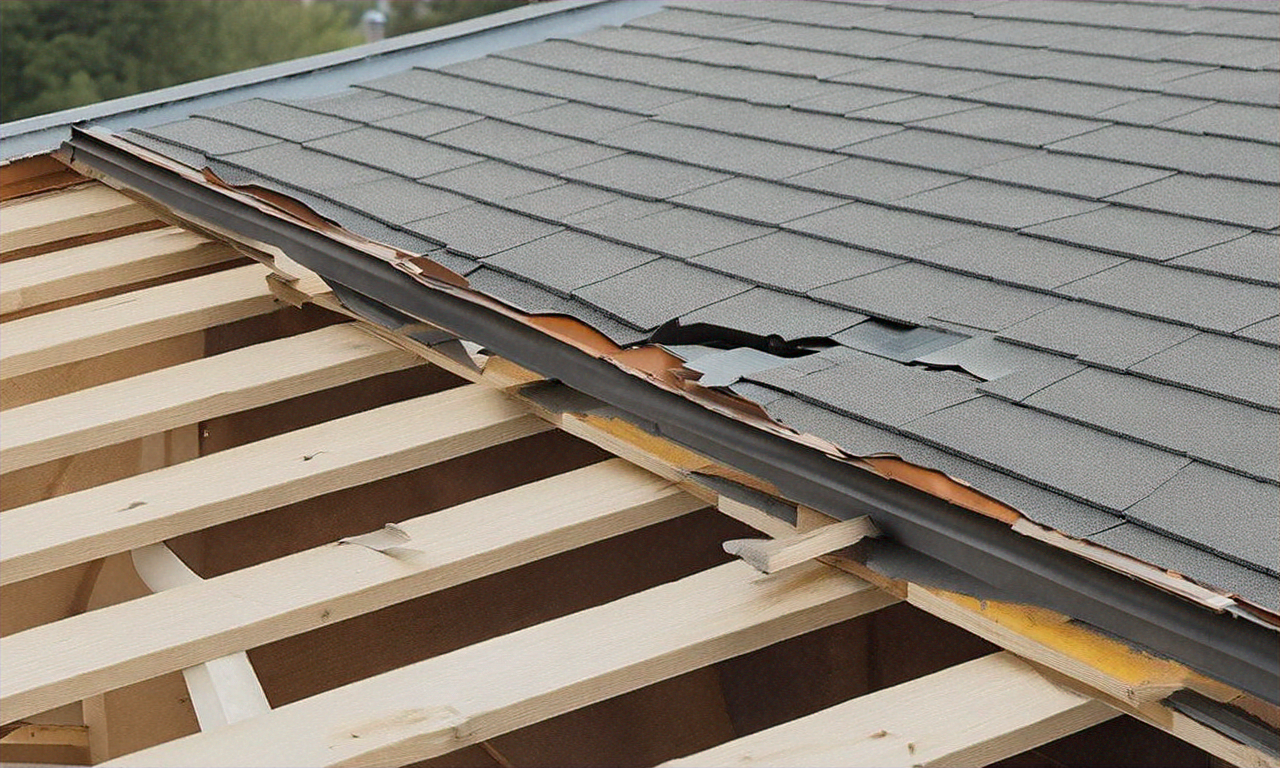Roof Grants
Roof grants provide financial assistance to homeowners who need to repair or replace their roofs but lack adequate funds. These grants, typically offered by government agencies, non-profit organizations, and occasionally private entities, serve as a crucial resource for maintaining safe housing conditions. Unlike loans, grants generally don't require repayment, making them particularly valuable for low-income households, seniors, veterans, and those with disabilities. Understanding the various roof grant programs available can help homeowners address critical roofing issues without incurring overwhelming debt.

What Are Roof Grants and How Do They Work?
Roof grants are financial awards provided to eligible homeowners specifically for roof repairs or replacements. These programs aim to ensure that housing standards remain safe and structurally sound, particularly for vulnerable populations. The application process typically involves demonstrating financial need, providing property ownership documentation, and sometimes obtaining professional assessments of the roof damage or needed repairs.
Most roof grants operate on a first-come, first-served basis until allocated funds are depleted. Grant amounts vary widely depending on the program, geographical location, and specific circumstances of the homeowner. Some grants cover the entire cost of roofing projects, while others provide partial assistance that must be combined with other funding sources.
Types of Roof Grant Programs Available in Your Area
Several types of roof grant programs exist that homeowners can explore in their local areas:
-
Federal Government Programs: The U.S. Department of Housing and Urban Development (HUD) offers various housing rehabilitation grants through local municipalities. The Community Development Block Grant (CDBG) program and HOME Investment Partnerships Program often include funds that can be used for roof repairs.
-
State and Local Government Initiatives: Many states and cities administer their own housing rehabilitation programs that include roof repair assistance. These programs typically target specific neighborhoods or demographics and may be funded through both federal allocations and state budgets.
-
Non-profit Organization Grants: Organizations like Habitat for Humanity, Rebuilding Together, and various faith-based groups offer home repair assistance including roof replacements for qualifying homeowners.
-
Weatherization Assistance Programs: These federally funded programs focus on energy efficiency but often include roof repairs when they affect home insulation and energy performance.
-
Special Population Programs: Dedicated programs exist for veterans through the VA, for seniors through the Area Agencies on Aging, and for rural homeowners through USDA Rural Development.
Eligibility Requirements for Roof Grants
Eligibility requirements for roof grants typically center around financial need, property status, and sometimes demographic factors. Most programs consider:
-
Income Level: Many grants are restricted to households earning below a certain percentage of the Area Median Income (AMI), often 80% or less.
-
Homeownership: Applicants must generally own and occupy the home requiring repairs, with current mortgage payments and property taxes.
-
Property Condition: The property must typically be a primary residence with demonstrable roofing issues that affect habitability or safety.
-
Geographic Location: Some programs only operate in specific counties, cities, or census tracts designated as low-income or revitalization areas.
-
Special Status: Many programs give priority to elderly homeowners, veterans, disabled individuals, or families with young children.
Documentation requirements usually include proof of income, property ownership, identification, and sometimes contractor estimates for the needed repairs. Some programs also require home inspections before approving grants.
How to Apply for Roof Grants in 2025
The application process for roof grants in 2025 will follow several important steps:
-
Research Available Programs: Start by contacting your local housing authority, community development department, or calling 211 (the social services hotline) to identify programs operating in your area.
-
Verify Eligibility: Review each program’s specific requirements to determine which ones you might qualify for before investing time in applications.
-
Gather Documentation: Collect necessary paperwork including income verification (tax returns, pay stubs), property documents (deed, mortgage statements, property tax receipts), identification, and proof of any special status (such as veteran or disability).
-
Obtain Estimates: Many programs require professional assessments of the needed repairs and cost estimates from licensed contractors.
-
Submit Applications: Complete applications thoroughly and submit them as early as possible, as many programs distribute funds on a first-come, first-served basis.
-
Follow Up: Stay in contact with program administrators throughout the process, as additional information may be requested.
-
Prepare for Inspection: If your application advances, be ready for home visits by program representatives to verify the condition of your roof and overall property.
Federal and State Roof Grant Programs to Consider
Several major government programs offer assistance that can be applied toward roof repairs or replacements:
-
Weatherization Assistance Program (WAP): Though primarily focused on energy efficiency, this Department of Energy program often addresses roofing issues that affect home insulation. Expected funding for 2025 includes expanded eligibility requirements.
-
Section 504 Home Repair Program: Administered by the USDA Rural Development, this program offers grants up to $10,000 to elderly, very-low-income rural homeowners.
-
HUD Title 1 Property Improvement Loans: While technically not grants, these FHA-insured loans offer favorable terms for home repairs, including roofing work.
-
FEMA Assistance: In areas declared disaster zones, FEMA may provide grants for roof repairs resulting from specific natural disasters.
-
State-Specific Programs: Many states operate their own housing rehabilitation grant programs with funding allocated specifically for 2025 projects. These vary significantly by location but often provide substantial assistance for qualifying homeowners.
Costs and Considerations for Roof Grant Applications
When pursuing roof grants, homeowners should consider several financial factors beyond the grant amount itself:
| Grant Program Type | Typical Coverage Amount | Application Costs | Additional Requirements |
|---|---|---|---|
| Federal Programs (HUD/CDBG) | $5,000-$25,000 | Free | Often requires local government administration |
| State Housing Programs | $3,500-$15,000 | $0-$50 application fee | May require matching funds |
| Non-profit Organization Grants | $1,500-$10,000 | Free | May require volunteer participation |
| Weatherization Assistance | $3,000-$8,000 | Free | Focus on energy efficiency improvements |
| Veterans Assistance | $2,000-$15,000 | Free | Requires veteran status verification |
Prices, rates, or cost estimates mentioned in this article are based on the latest available information but may change over time. Independent research is advised before making financial decisions.
Beyond the direct grant amounts, homeowners should budget for potential additional expenses such as application preparation costs, required home inspections, and possible matching funds. Some programs may only cover a percentage of the total roofing costs, leaving homeowners responsible for the remainder. Additionally, certain grants may have strings attached, such as liens placed on the property or requirements to maintain ownership for a specific period after receiving assistance.
Preparing a Successful Roof Grant Application
Creating a compelling roof grant application increases your chances of securing necessary funding. Focus on clearly documenting both your financial need and the urgency of your roofing situation. Include detailed photographs of the damage, professional assessment reports, and contractor estimates to strengthen your case. Many successful applicants also submit personal statements explaining how roof issues are affecting their health, safety, or quality of life.
Timing is critical when applying for roof grants, as many programs operate with limited funding that depletes quickly. Submitting applications early in the funding cycle significantly improves your chances. Building relationships with local housing agencies and community development offices can provide valuable insights about upcoming grant opportunities and application windows specific to your area.




